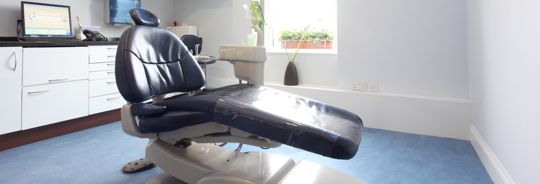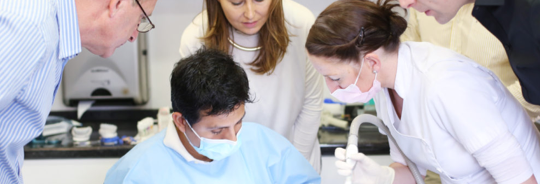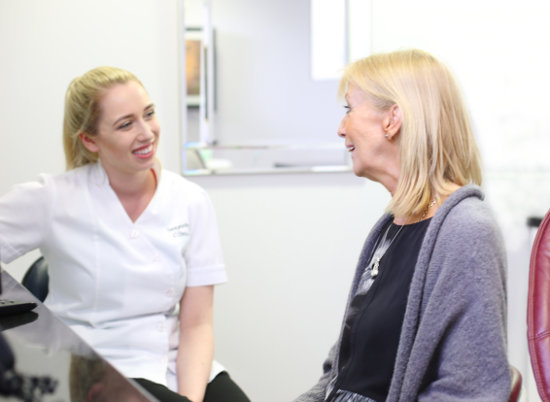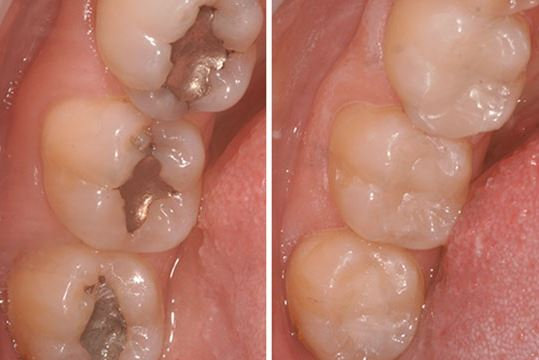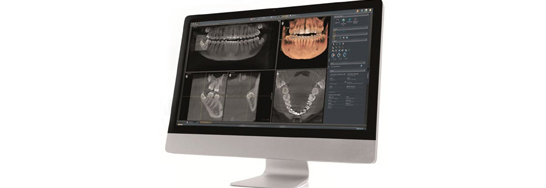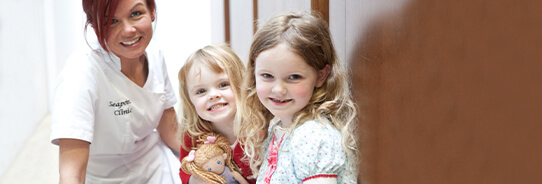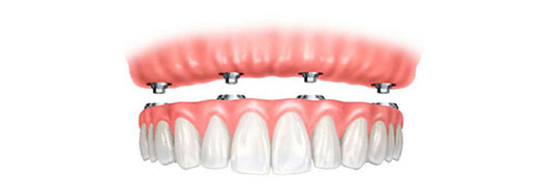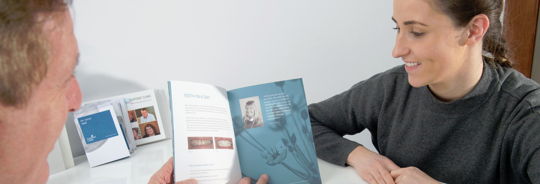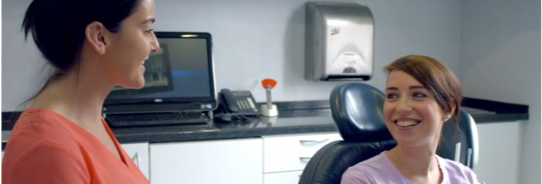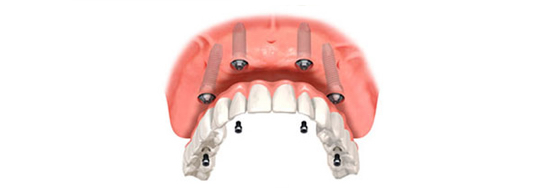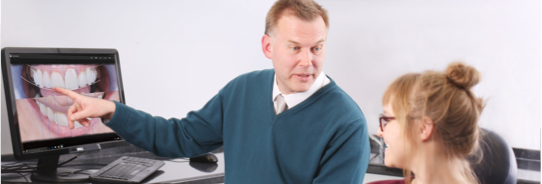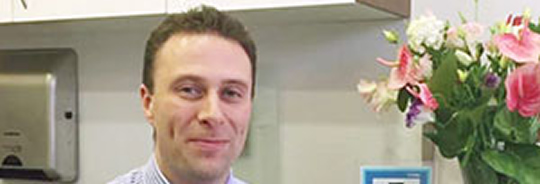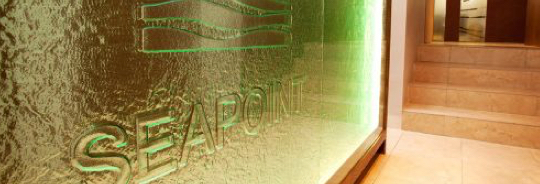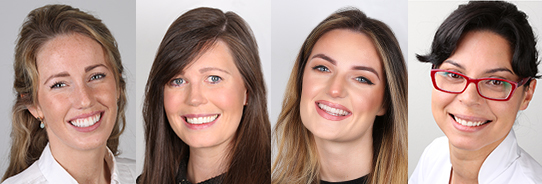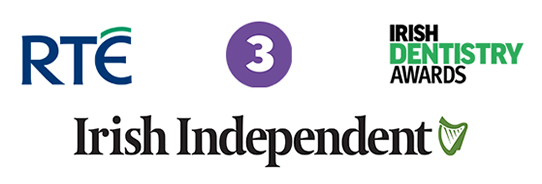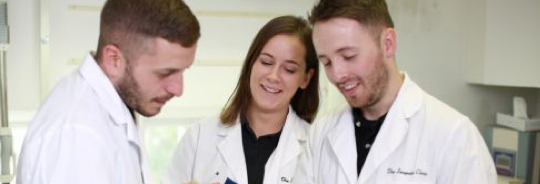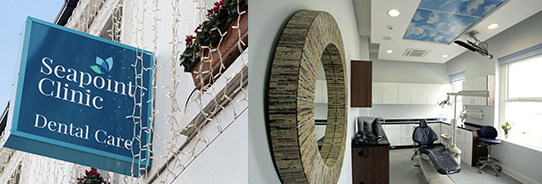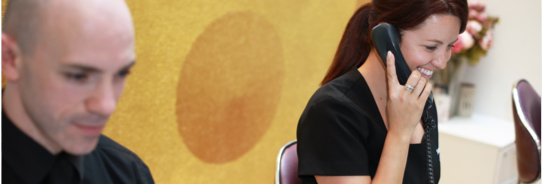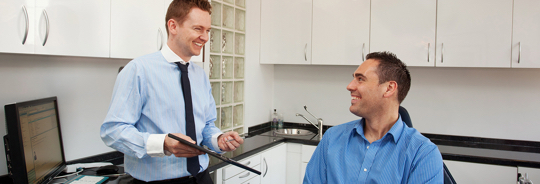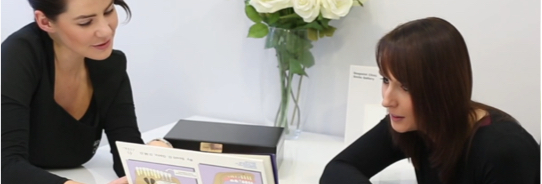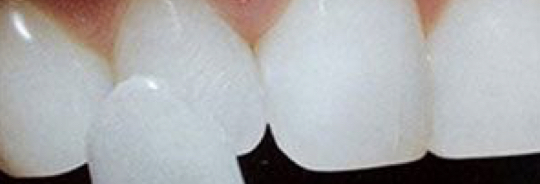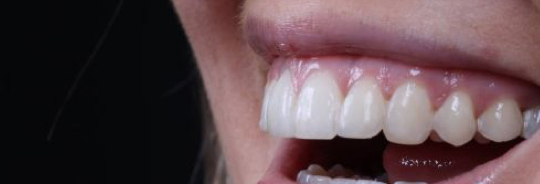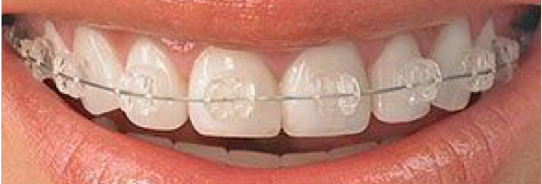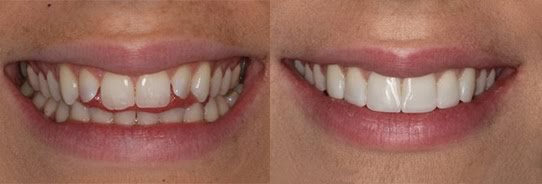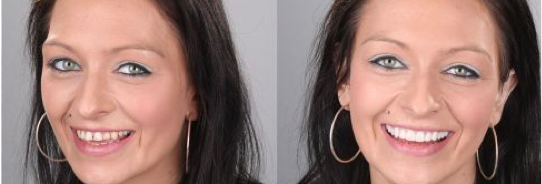
Blog
We post all the latest information here regularly so it's always up to date for you. If there is a topic you would like to have us cover please ask.
18 August 2020
Gum Contouring

Gumlines come in all sizes and everyone's are different. Some can be high, some low and some may even be uneven. If you're self-conscious at all about your gumline, there are ways we can help change it by opting for gum contouring.
The process involved in gum contouring focuses on reshaping your gumline. To do this, a dental specialist carefully cuts away or removes excess gum tissue around your teeth. If you suffer from gum recession, the process is reversed to restore gum tissue. In some cases your dentist may recommend gum contouring purely for aesthetic purposes - improve the shape look of gums, teeth and smile. However, it may be recommended for oral health purposes for example if you have periodontal disease. But your dentist will first try to treat the gum disease with nonsurgical options. This may include antibiotics to eliminate the bacteria and infection, or dental cleanings to restore gum health.
The Process
During treatment, your dentist will remove excess gum tissue and resculpt your gumline in order to expose more of the tooth and in some cases sutures may be used to hold the gum tissue in place. If you have receding gums, treatment will involve adding gum tissue (usually with tissue from your palate. The length of the treatment can vary depending on the extent of the contouring and the amount of resculpting that’s needed. Generally, gum contouring takes about 60-90 minutes. There's no need to worry if it all sounds a bit jarring, local anesthetic is used to numb the area and you can even opt for sedation if you'd like.
Aftercare
Your gums and mouth may feel slightly tender and sensitive at first, but this feeling will soon disperse. We do suggest eating softer foods such as yogurt, soup and porridge for 2 to 3 days after treatment. Following treatment, your dentist will provide you with dietary instructions as well as let you know of any foods best to avoid. We'll also arrange for a follow-up appointment to keep tabs on how your gums are healing as well as check for any possible infection. You may also be prescribed an antibiotic mouth rinse to reduce the risk of infection.


